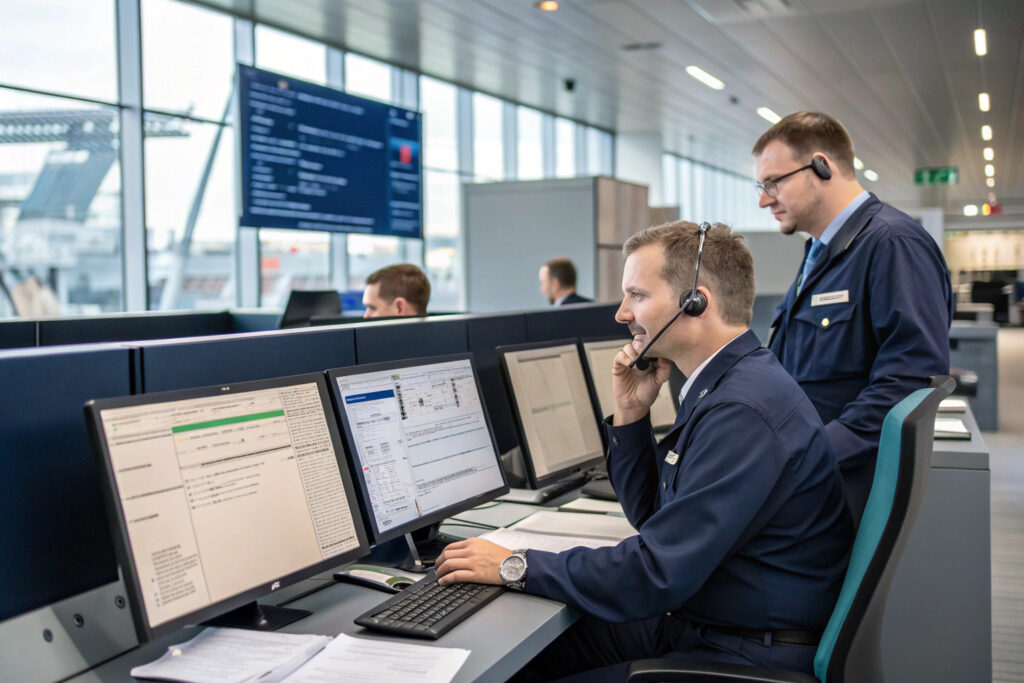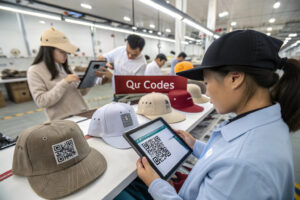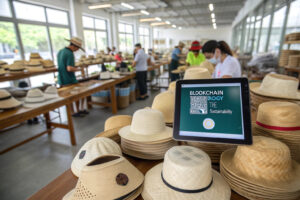Customs clearance delays can disrupt supply chains, cause missed sales seasons, and generate substantial unexpected costs. For fashion businesses operating on tight timelines, a single delayed hat shipment can impact entire product launches and damage customer relationships. The complexity of international trade regulations means that many companies discover compliance issues only when their shipments are already held at borders.
Preventing hat customs clearance delays requires proactive documentation management, accurate product classification, strategic partner selection, and continuous compliance monitoring. By implementing systematic approaches before shipments depart, companies can transform customs from a recurring challenge into a reliable, predictable process that supports business growth rather than hindering it.
Understanding the most common causes of delays and implementing preventive measures creates significant competitive advantages through faster time-to-market, predictable costs, and superior customer service.
What Documentation Prevents Customs Delays?
Incomplete or inaccurate documentation causes approximately 60% of customs delays. Proper documentation serves as the foundation for smooth clearance, while flawed paperwork guarantees inspections, storage fees, and missed deadlines.
Comprehensive hat import documentation includes detailed commercial invoices, accurate packing lists, proper certificates of origin, and any required safety certifications. Each document must contain consistent, specific information that customs officials can quickly verify and process.

How Can Detailed Product Descriptions Accelerate Clearance?
Vague product descriptions like "hats" or "headwear" automatically trigger customs inspections because they lack the specificity required for proper classification and risk assessment. Detailed descriptions help customs officials quickly verify contents and applicable regulations.
We implement precise description protocols that include:
- Specific material compositions (e.g., "100% cotton baseball caps with plastic snapbacks")
- Detailed component breakdowns including brim materials, closure types, and decorations
- Clear purpose statements distinguishing between fashion accessories and protective equipment
- Complete brand and style names matching marketing materials exactly
- Manufacturer information including factory names and addresses
According to U.S. Customs and Border Protection guidelines, incomplete or generic product descriptions are among the top reasons for shipment examinations. Our documentation standardization system ensures every shipment contains sufficiently detailed descriptions to facilitate rapid processing while maintaining perfect accuracy across all documentation.
Why Are Accurate HS Codes Critical for Prevention?
Incorrect Harmonized System (HS) codes represent one of the most common and costly customs errors, resulting in wrong duty payments, penalties, and lengthy correction processes. Proper classification determines duty rates, qualification for trade agreements, and applicable regulations.
We maintain current HS code expertise for all hat categories:
- 6505.90.90: Hats and other headgear, knitted or crocheted
- 6504.00.30: Hats of felt, not in parts
- 6504.00.60: Hats of straw or other plaited materials
- 6505.90.20: Hats, whether or not lined or trimmed
Our compliance team regularly monitors World Customs Organization updates and national implementation changes. We assign HS codes during product development rather than at shipping, preventing last-minute research and potential errors. This proactive approach ensures duty cost accuracy from the earliest planning stages and prevents classification-related delays.
How Does Supplier Selection Impact Customs Efficiency?
Your manufacturing partners significantly influence customs outcomes through their documentation practices, material sourcing transparency, and compliance awareness. The right suppliers build customs efficiency directly into their operations, while others create constant compliance challenges.
Suppliers with strong customs practices provide accurate documentation templates, maintain required certifications, understand destination country requirements, and communicate proactively about potential compliance issues before they become problems.
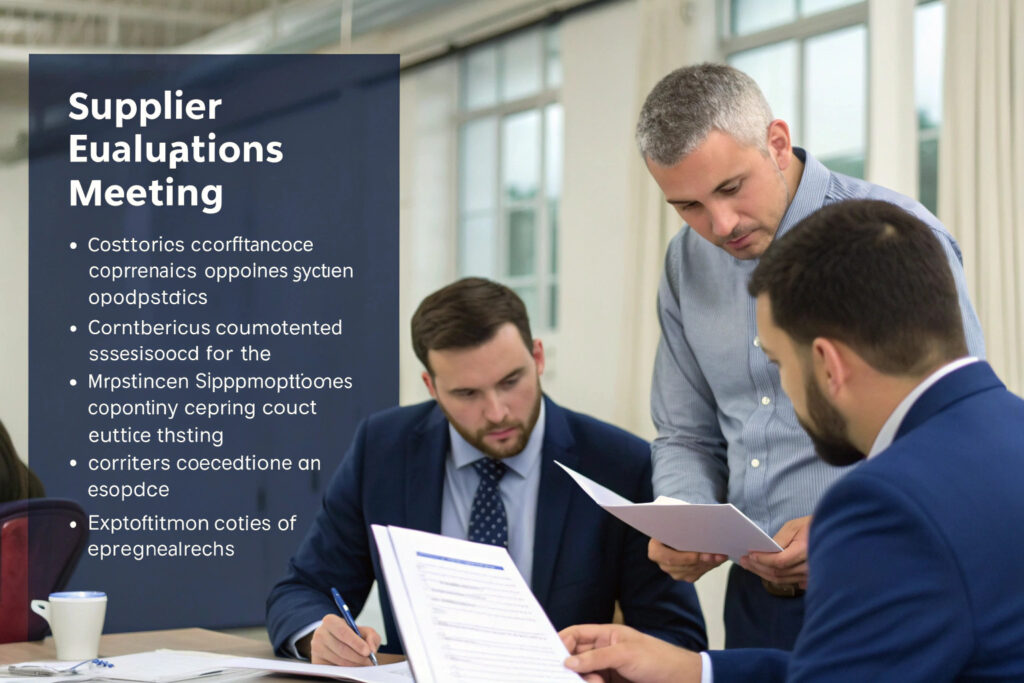
What Supplier Qualifications Reduce Customs Risks?
Certified suppliers with established compliance systems demonstrate significantly lower risk of customs issues through standardized processes, documented quality control, and transparency throughout their supply chain.
We prioritize suppliers with specific qualifications:
- AEO (Authorized Economic Operator) status indicating customs compliance excellence
- ISO 9001 certification demonstrating quality management systems
- OEKO-TEX® or similar certifications for restricted substance compliance
- Proven shipment history to your target markets with minimal delays
- In-house compliance expertise with dedicated staff and training
Our supplier qualification process includes specific evaluation of customs-related capabilities beyond basic manufacturing competence. We verify that partners maintain complete records of material sources, chemical treatments, and production processes that may be questioned during customs review. This due diligence prevents surprises that could delay shipments or result in violations.
How Can Supplier Documentation Systems Prevent Errors?
Suppliers with integrated documentation systems generate accurate, consistent paperwork automatically, while those relying on manual processes introduce variability and errors that cause customs delays.
We work exclusively with suppliers implementing:
- ERP integration generating commercial invoices directly from order data
- Automated packing list creation based on actual shipment contents
- Digital certificate management ensuring current, valid documents
- Barcode tracking systems linking physical goods to documentation
- Electronic data interchange capabilities with customs brokers
According to global trade management research, suppliers with automated documentation systems experience 75% fewer customs delays. Our preferred partners utilize these technologies to ensure consistency across all shipments, regardless of staff changes or order volume fluctuations, creating reliable documentation that prevents clearance issues.
What Shipping Strategies Prevent Customs Delays?
Strategic shipping decisions significantly impact customs processing time and reliability. From carrier selection to routing choices, these factors determine how efficiently your hats move through border control and whether they encounter avoidable delays.
Effective preventive shipping strategies include trusted trader programs, carrier selection based on customs expertise, strategic routing through efficient ports, and timing considerations that avoid peak processing periods.
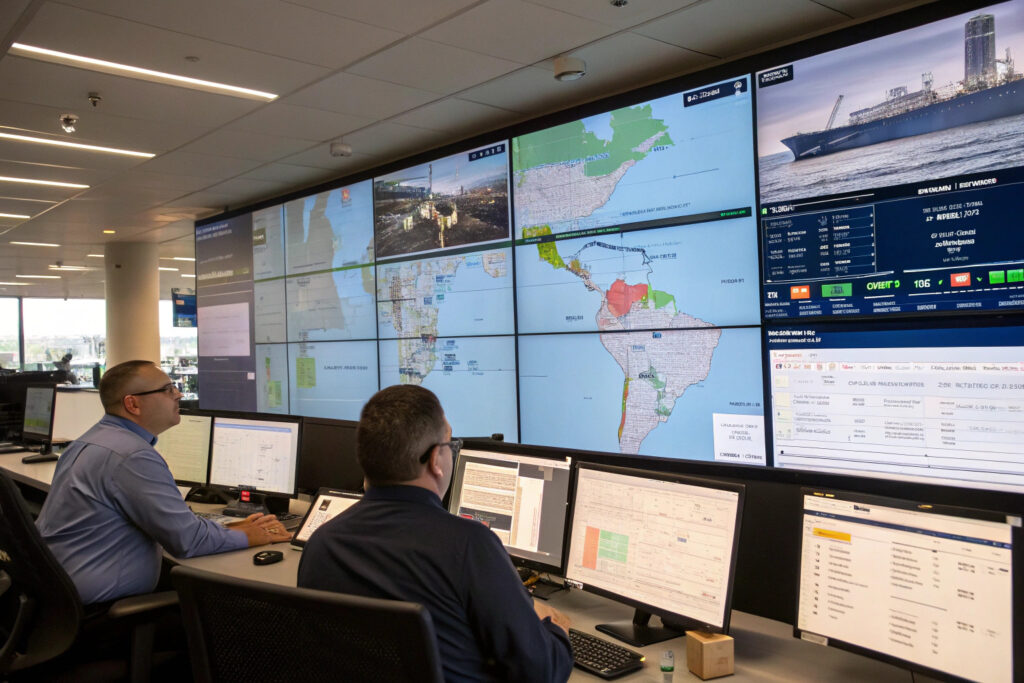
How Do Trusted Trader Programs Prevent Delays?
Authorized Economic Operator (AEO) and similar trusted trader programs provide significantly expedited processing through pre-vetting that establishes your company as low-risk. Participants receive priority examination and reduced inspection rates, preventing the most common clearance delays.
We help qualified clients implement trusted trader approaches:
- C-TPAT certification for U.S. imports providing priority examination status
- AEO status for European Union shipments with simplified procedures
- PIP participants for Canadian imports with streamlined processing
- Internal control systems meeting program requirements consistently
- Security protocols protecting supply chain integrity
The U.S. Customs and Border Protection data shows C-TPAT members experience 4-6 times fewer examinations than non-members. Our compliance team helps qualified clients navigate the certification process to access these significant delay prevention benefits across all their hat imports.
What Carrier Selection Factors Prevent Customs Issues?
Carriers differ dramatically in their customs expertise, broker relationships, and processing capabilities. The right carrier partnership can prevent days of clearance delays through experience and established systems.
We evaluate and select carriers based on specific delay-prevention criteria:
- In-house customs brokerage versus third-party arrangements
- Port-specific expertise and relationships at your primary entry points
- Technology integration with customs authorities for electronic processing
- Exam management capabilities and speed when inspections occur
- Communication protocols and transparency during clearance processes
Our carrier assessment framework prioritizes partners with proven customs performance metrics rather than just rate considerations. We maintain relationships with carriers that have established track records at specific ports commonly used for hat imports, ensuring specialized expertise where it matters most for preventing delays.
How Can Technology Prevent Customs Delays?
Modern customs management relies on technology for accuracy, speed, and proactive problem identification. Manual processes cannot compete with integrated systems that flag potential issues before shipments ever depart, preventing delays at their source.
Effective delay-prevention technology includes automated classification systems, document management platforms, shipment tracking tools, and compliance databases that stay current with regulatory changes across all target markets.

What Automated Systems Prevent Classification Errors?
Automated classification tools use detailed product attributes to determine correct HS codes, reducing human error and ensuring consistency across similar products and shipments. This prevents one of the most common causes of customs delays.
We utilize advanced classification technology that includes:
- Attribute-based coding systems analyzing materials, construction, and purpose
- Regulatory databases updated in real-time with global changes
- Historical decision tracking maintaining consistency across all shipments
- Multi-country capability handling global compliance requirements
- Integration with product information management systems
According to trade technology analysis, automated classification reduces coding errors by up to 90% compared to manual processes. Our integrated systems ensure that once a product is properly classified, all future shipments maintain the same accurate coding without additional research, preventing classification-related delays permanently.
How Does Real-Time Tracking Prevent Delay Escalation?
Advanced shipment tracking provides unprecedented visibility into customs status, allowing proactive response to potential delays rather than reactive problem-solving after issues have already caused disruptions.
We implement comprehensive tracking systems that provide:
- Customs submission confirmation with exact timestamps
- Examination status notifications the moment inspections occur
- Hold reason details explaining specific compliance issues
- Estimated release timelines based on historical data patterns
- Automated alert systems for unexpected processing delays
Our customs visibility platform provides clients with real-time status updates and predictive analytics that forecast clearance timelines. This transparency allows for better planning and customer communication, turning potential delay frustrations into managed expectations and alternative arrangements when necessary.
Conclusion
Preventing hat customs clearance delays requires treating compliance as a strategic business function integrated throughout your operations rather than a logistical afterthought. By implementing proactive documentation systems, selecting qualified partners, utilizing strategic shipping approaches, and leveraging appropriate technology, importers can transform customs from a recurring challenge into a reliable, predictable process.
The most successful headwear companies build customs excellence into their operations from product development through final delivery, creating competitive advantages through faster time-to-market, predictable costs, and superior customer service that delay-prone competitors cannot match.
Ready to eliminate customs delays from your hat imports permanently? Contact our Business Director Elaine to discuss how our comprehensive customs management expertise can streamline your international shipments and prevent clearance issues before they occur. Her email is elaine@fumaoclothing.com. Let's build a customs prevention strategy that keeps your headwear moving smoothly across all borders.
